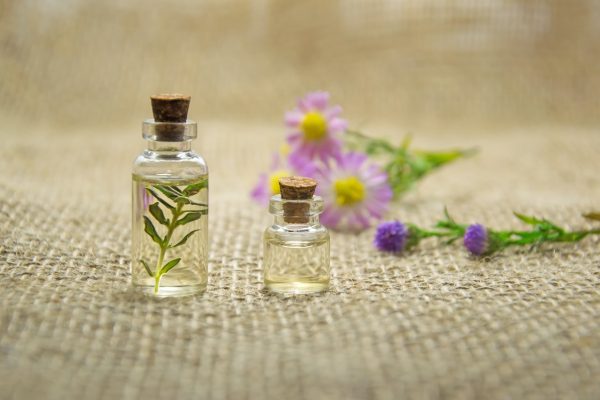Essential oils are very popular nowadays. These are liquid extracts of a variety of plants that are thought offer a number of benefits for health and wellness, in terms of both physical and mental health. The valuable compounds from these plants can be extracted using various manufacturing processes. Because of those processes, the oils have a better scent and contain more active ingredients than the plants from which they are derived. This is due to the amount of plant matter required to produce essential oil. In this article, we’ll take a closer look at essential oils.

How Essential Oils Are Made
1. Distillation with steam
This is the most popular way to extract essential oils:
- In a distilling apparatus, harvested plant matter is suspended over boiling water.
- Steam is used to extract oil from the plant.
- Steam rises and is forced through a tube into a pipe.
- Steam condenses back into water as it cools.
The oil is extracted after it separates from the water.
Hydrosol, a substance made from plants that contain water-soluble aromatic compounds, is made from the remaining water (depending on the oil).
2. Cold pressing
Cold pressing is another form of extraction that typically requires the whole fruit.
- The fruit is thoroughly cleaned.
- The fruit is put in a jar and agitated to bring the oils to the surface using spikes, grating, or other methods.
- Water is sprayed on the fruit and combined with the essential oil released from the botanical content that has been punctured.
- The essential oil is extracted from the water and stored.

Benefits of Essential Oils
Essential oils are widely used in traditional and folk medicine all over the world. However, modern medicine backs up many of the arguments made about them in the past, including:
Reduction of stress
Aromatherapy employs a variety of essential oils to help people cope with stress and anxiety. For example, scientists discovered that inhaling 2.5, 5, or 10 drops of orange oil reduced anxiety in male volunteers. More research is required, but the preliminary findings are encouraging.
Infections caused by fungi
Early research on tea tree oil’s antimicrobial properties, which have long been touted in conventional medicine, has yielded promising results. Athlete’s foot, oral thrush, and fungal infections like candida have all been treated with the oil. More research is needed once again.
Helps you to sleep
The calming scent of lavender oil is thought to enhance sleep efficiency. Scientists put this argument to the test on dementia patients over the age of 65. They discovered that sprinkling the essential oil on towels around their pillows improved their sleep time dramatically, allowing them to sleep longer in the mornings.
Prevents disease
Antioxidant properties are found in many essential oils. Antioxidants help to protect cells from free radical damage. This harm can lead to serious illnesses like cancer. Researchers are looking into how adding essential oils to food will help us consume more antioxidants while also extending the shelf life of our food.
Essential Oils and Medicine
There aren’t many studies about how essential oils interact with various drugs, which is unfortunate. However, since they contain high amounts of active compounds that are metabolized by the body when consumed or applied topically, harmful drug reactions are a distinct possibility. If you don’t talk to your patients about essential oils, especially if they’re taking certain drugs, you may be jeopardizing their health and increasing their risk of serious medical complications.

Don’t miss any of our informative health articles — subscribe to our newsletter now! Follow Top Medical Magazine on Facebook, Instagram, and LinkedIn to stay updated, too!
References:
- The Lavender Life
- Health Benefits of Essential Oils
- Can Essential Oils Interfere with the Prescriptions You’re Writing?



